Home>Gardening & Outdoor>Landscaping Ideas>When To Plant Bermuda Grass
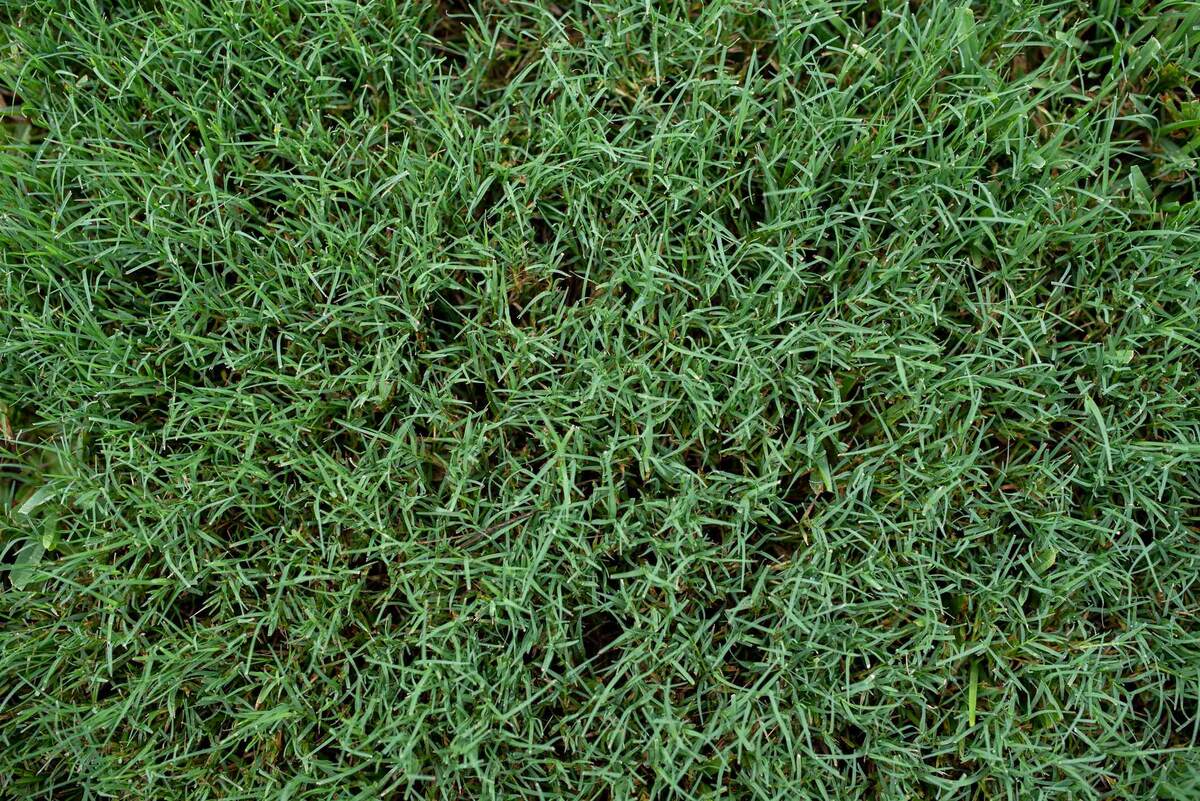

Landscaping Ideas
When To Plant Bermuda Grass
Modified: October 19, 2024
Discover the best time for planting Bermuda grass and get expert landscaping ideas to achieve a lush, green lawn. Learn the essential tips for successful lawn establishment.
(Many of the links in this article redirect to a specific reviewed product. Your purchase of these products through affiliate links helps to generate commission for Storables.com, at no extra cost. Learn more)
**
Introduction
**
Bermuda grass, scientifically known as Cynodon dactylon, is a warm-season grass that thrives in various climates, making it a popular choice for lawns, parks, golf courses, and athletic fields. Its resilience, vibrant green color, and ability to withstand heavy foot traffic make it a sought-after turfgrass. However, achieving a lush Bermuda grass lawn requires careful planning and timing, particularly when it comes to planting the seeds.
In this comprehensive guide, we will delve into the optimal time for planting Bermuda grass, the essential steps for soil preparation, the process of seeding, and the crucial aftercare to ensure the successful establishment of this resilient grass variety. Whether you are a homeowner looking to rejuvenate your lawn or a landscaping enthusiast eager to enhance outdoor spaces, understanding the nuances of planting Bermuda grass is pivotal to achieving a verdant and robust turf. Let's embark on this enlightening journey to unlock the secrets of cultivating a thriving Bermuda grass lawn.
**
Key Takeaways:
- Plant Bermuda grass in late spring or early summer when soil temperatures are consistently 65-70°F for rapid germination and robust root development, ensuring a resilient and visually stunning lawn.
- Prepare the soil by addressing deficiencies, eradicating existing vegetation, and incorporating organic matter to nurture robust root development and vigorous growth, setting the stage for a lush and enduring Bermuda grass lawn.
Read more: When Should Bermuda Grass Be Planted
Understanding Bermuda Grass
**
Before delving into the intricacies of planting Bermuda grass, it’s essential to grasp the characteristics and growth habits of this resilient turfgrass. Bermuda grass is renowned for its exceptional heat tolerance, making it well-suited for regions with scorching summers. This grass variety exhibits vigorous growth during the warm months, boasting a high tolerance for drought and foot traffic. Its fine texture and vibrant green hue contribute to its visual appeal, making it a popular choice for lawns and recreational areas.
Bermuda grass thrives in full sunlight, requiring at least 6 to 8 hours of direct sun exposure daily. It boasts excellent recuperative abilities, allowing it to recover swiftly from damage or stress. This attribute is particularly advantageous for lawns subjected to heavy use or inclement weather. Furthermore, Bermuda grass is known for its rapid growth rate, enabling it to establish a dense and lush turf within a relatively short period.
One of the key considerations when cultivating Bermuda grass is its aggressive nature. While this attribute contributes to its robustness, it can also lead to encroachment in flower beds, garden borders, and other landscaped areas. Therefore, careful maintenance and containment measures are necessary to prevent its overzealous spread beyond designated areas.
By comprehending the unique traits of Bermuda grass, landscapers and homeowners can harness its strengths to create verdant, resilient lawns that withstand the rigors of varying climates and usage patterns. Armed with this understanding, we can now explore the optimal timing for planting Bermuda grass to maximize its potential for robust growth and visual splendor.
**
Best Time to Plant Bermuda Grass
**
Timing plays a pivotal role in the successful establishment of Bermuda grass, as it is a warm-season turfgrass that flourishes in heat and sunlight. The ideal window for planting Bermuda grass seeds is during late spring or early summer when soil temperatures consistently reach 65-70°F (18-21°C) or higher. This period aligns with the onset of the grass’s active growth phase, fostering rapid germination and robust root development.
Planting Bermuda grass during its peak growth season capitalizes on the favorable environmental conditions, enabling the seeds to swiftly germinate and establish a strong root system before the arrival of cooler weather. This strategic timing enhances the grass’s resilience and prepares it to endure the challenges of the forthcoming seasons, including heat stress and potential drought conditions.
For regions with mild winters, such as the southern United States, early spring can also serve as a suitable window for planting Bermuda grass. This allows the seeds to capitalize on the gradually rising temperatures and ample sunlight, facilitating optimal growth and establishment before the arrival of scorching summer heat. However, in areas with harsh winters, it is advisable to wait until late spring or early summer to ensure that the soil has warmed adequately to support robust germination and root development.
By aligning the planting process with Bermuda grass’s natural growth cycle, landscapers and homeowners can harness the grass’s inherent vigor and resilience, setting the stage for a thriving and visually stunning lawn. The strategic timing of planting Bermuda grass seeds sets the foundation for a resilient and vibrant turf that elevates outdoor spaces and withstands the rigors of varying climates and usage patterns.
**
Preparing the Soil
**
Creating an optimal environment for Bermuda grass to take root and thrive begins with meticulous soil preparation. The first step is to assess the soil’s composition and address any deficiencies to ensure an ideal growing medium for the grass seeds. Bermuda grass thrives in well-draining soil with a slightly acidic to neutral pH level, typically ranging from 6.0 to 7.0. Conducting a soil test can provide valuable insights into its nutrient levels and pH, guiding the necessary amendments for cultivating a robust lawn.
Before planting Bermuda grass, it is crucial to eradicate any existing vegetation, such as weeds or unwanted grasses, from the designated area. This can be achieved through manual removal or by utilizing herbicides, following the manufacturer’s guidelines for application and safety precautions. Clearing the site of debris and ensuring a clean, weed-free canvas sets the stage for successful Bermuda grass establishment.
Once the area is cleared, the soil should be tilled to a depth of 4-6 inches to promote a loose and aerated foundation for the grass roots to penetrate and establish themselves. Incorporating organic matter, such as compost or well-rotted manure, into the soil can enhance its structure and fertility, providing a nutrient-rich substrate for the Bermuda grass seeds to thrive.
After amending the soil with organic matter, it is advisable to rake the area to create a smooth and level surface, conducive to even seed distribution and consistent germination. This step also helps to remove any remaining debris and further aerates the soil, optimizing the conditions for successful seedling emergence and establishment.
By diligently preparing the soil to meet Bermuda grass’s specific requirements, landscapers and homeowners can lay the groundwork for a resilient and visually captivating lawn. The meticulous soil preparation sets the stage for robust root development, vigorous growth, and enduring vibrancy, ensuring that the Bermuda grass flourishes and elevates outdoor spaces with its lush greenery.
**
Bermuda grass should be planted in late spring or early summer when the soil temperature reaches 65-70°F. This will give the grass enough time to establish before the hot summer months.
Planting Bermuda Grass Seed
**
With the soil meticulously prepared, the next crucial step in establishing a thriving Bermuda grass lawn is the precise and strategic planting of the grass seeds. Opting for high-quality Bermuda grass seeds from a reputable supplier is essential, as it sets the stage for successful germination, robust growth, and the development of a lush and resilient turf.
When planting Bermuda grass seeds, the recommended seeding rate is approximately 1 to 2 pounds per 1,000 square feet for established lawns and 2 to 3 pounds per 1,000 square feet for new lawn installations. This optimal seeding rate ensures adequate coverage and facilitates the development of a dense and visually appealing turf.
Even distribution of the seeds is crucial to achieve uniform coverage and consistent germination. This can be achieved by utilizing a seed spreader or by carefully broadcasting the seeds by hand, ensuring thorough coverage of the designated area. After the seeds are evenly distributed, lightly raking the soil surface helps to ensure optimal seed-to-soil contact, a critical factor for successful germination and seedling establishment.
Following the seeding process, gently water the area to provide the seeds with the moisture necessary for germination. It is important to maintain consistent moisture levels in the soil during the germination and establishment phase, typically by watering lightly multiple times per day to keep the soil surface consistently moist without causing pooling or runoff.
As the Bermuda grass seeds germinate and the seedlings emerge, it is imperative to monitor their progress and adjust the watering schedule accordingly. Gradually transitioning to a deeper and less frequent watering regimen encourages the development of robust root systems and promotes the grass’s resilience to drought conditions.
By meticulously tending to the planting process and nurturing the emerging Bermuda grass seedlings, landscapers and homeowners can set the stage for a vibrant and resilient lawn that enhances outdoor spaces with its lush greenery and enduring allure.
**
Read more: When To Plant Bermuda Grass In Arkansas
Caring for Newly Planted Bermuda Grass
**
After meticulously planting Bermuda grass seeds and witnessing the initial stages of germination, it is imperative to provide attentive care to the emerging seedlings to ensure their robust establishment and long-term vitality. Consistent and strategic maintenance practices are pivotal in nurturing the young Bermuda grass and setting the stage for a resilient and visually captivating lawn.
One of the key considerations in caring for newly planted Bermuda grass involves maintaining optimal moisture levels in the soil. During the germination and early growth stages, it is crucial to keep the soil consistently moist, facilitating the development of strong and healthy root systems. This typically entails light and frequent watering to prevent the soil from drying out, ensuring that the emerging seedlings receive the moisture essential for their growth and establishment.
As the Bermuda grass seedlings continue to thrive, gradually transitioning to a deeper and less frequent watering schedule encourages the development of robust roots that can access moisture deeper within the soil. This strategic approach fosters the grass’s resilience to drought conditions and promotes its long-term vitality, contributing to a lush and enduring lawn.
Regular monitoring of the newly planted Bermuda grass is essential to detect any signs of stress, disease, or pest infestations. By promptly addressing any issues that arise, such as discoloration, wilting, or irregular growth patterns, landscapers and homeowners can safeguard the health and vigor of the emerging lawn, fostering its resilience and visual appeal.
During the initial growth phase, it is advisable to refrain from mowing the Bermuda grass until it reaches a height of approximately 2 to 2.5 inches. This allows the seedlings to establish strong root systems and develop robust foliage, setting the stage for healthy and vigorous growth. Once the grass reaches the recommended height for mowing, it is important to use a sharp mower blade and adhere to the appropriate mowing height to prevent stress and promote optimal growth.
By providing attentive care and strategic maintenance to the newly planted Bermuda grass, landscapers and homeowners can nurture a resilient and visually captivating lawn that elevates outdoor spaces with its lush greenery and enduring allure.
**
Conclusion
**
Embarking on the journey of planting Bermuda grass is a rewarding endeavor that promises to transform outdoor spaces into vibrant, resilient, and visually captivating landscapes. By understanding the unique traits of Bermuda grass and the optimal timing for planting, landscapers and homeowners can lay the foundation for a thriving and enduring lawn that withstands the rigors of varying climates and usage patterns.
The strategic timing of planting Bermuda grass seeds during late spring or early summer aligns with the grass’s peak growth season, fostering rapid germination and robust root development. This ensures that the grass is well-equipped to endure the challenges of the forthcoming seasons, including heat stress and potential drought conditions, while flourishing into a lush and resilient turf.
Meticulous soil preparation sets the stage for successful Bermuda grass establishment, creating an optimal environment for the seeds to take root and thrive. By addressing soil deficiencies, eradicating existing vegetation, and incorporating organic matter, landscapers and homeowners can cultivate a nutrient-rich substrate that nurtures robust root development and vigorous growth.
Precise and strategic planting of Bermuda grass seeds, coupled with attentive care for the emerging seedlings, is essential in nurturing a resilient and visually captivating lawn. Even distribution of the seeds, careful monitoring of moisture levels, and proactive maintenance practices contribute to the grass’s robust establishment and enduring vitality.
As the Bermuda grass flourishes and matures, it becomes a testament to the meticulous planning and attentive care invested in its establishment. Its vibrant greenery and resilience elevate outdoor spaces, creating inviting and enduring landscapes that beckon with their natural allure.
In conclusion, the journey of planting Bermuda grass is a testament to the transformative power of meticulous planning, strategic timing, and attentive care. By harnessing the inherent vigor and resilience of Bermuda grass, landscapers and homeowners can cultivate vibrant, enduring, and visually captivating lawns that stand as testaments to nature’s splendor.
Frequently Asked Questions about When To Plant Bermuda Grass
Was this page helpful?
At Storables.com, we guarantee accurate and reliable information. Our content, validated by Expert Board Contributors, is crafted following stringent Editorial Policies. We're committed to providing you with well-researched, expert-backed insights for all your informational needs.


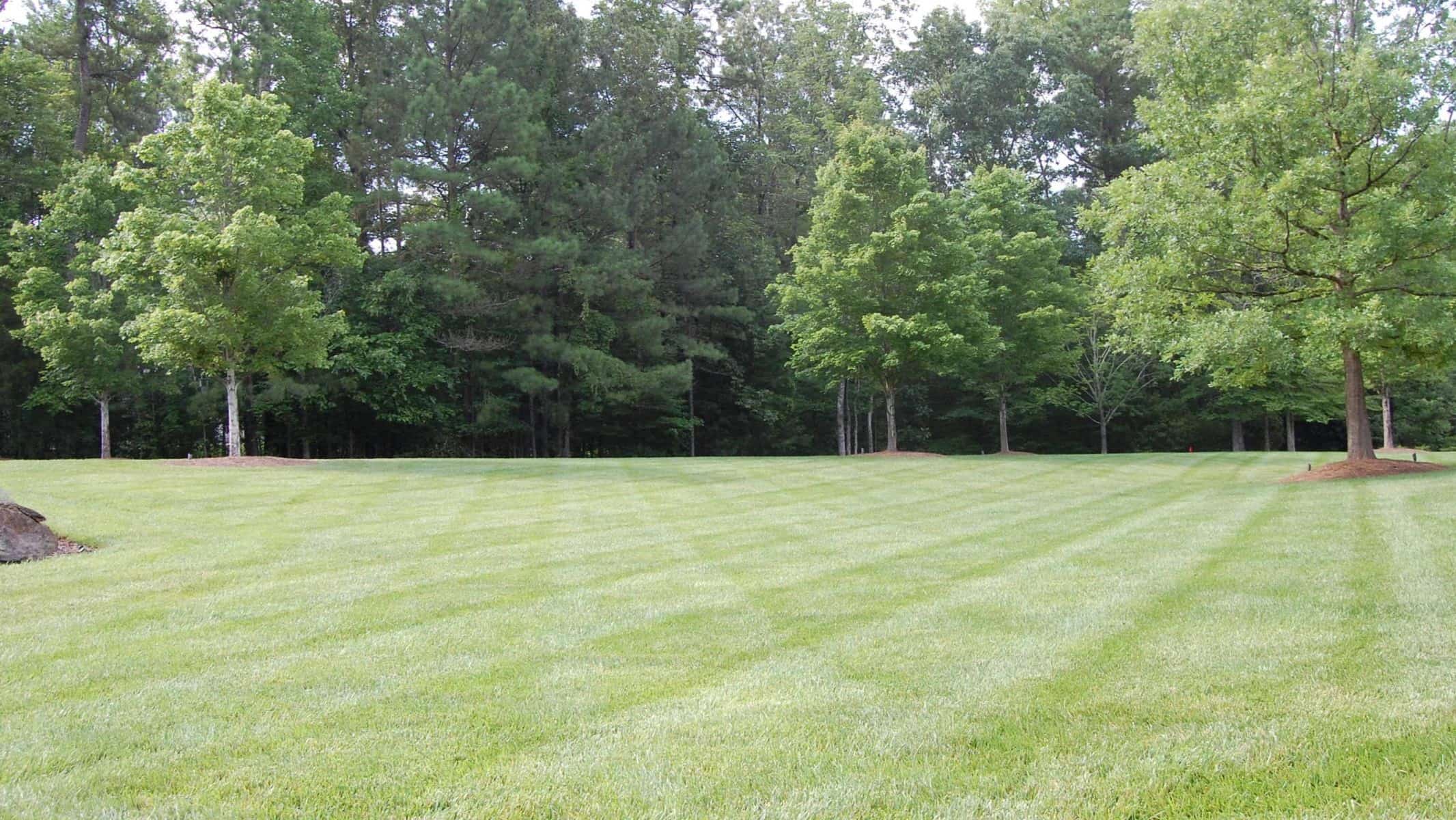

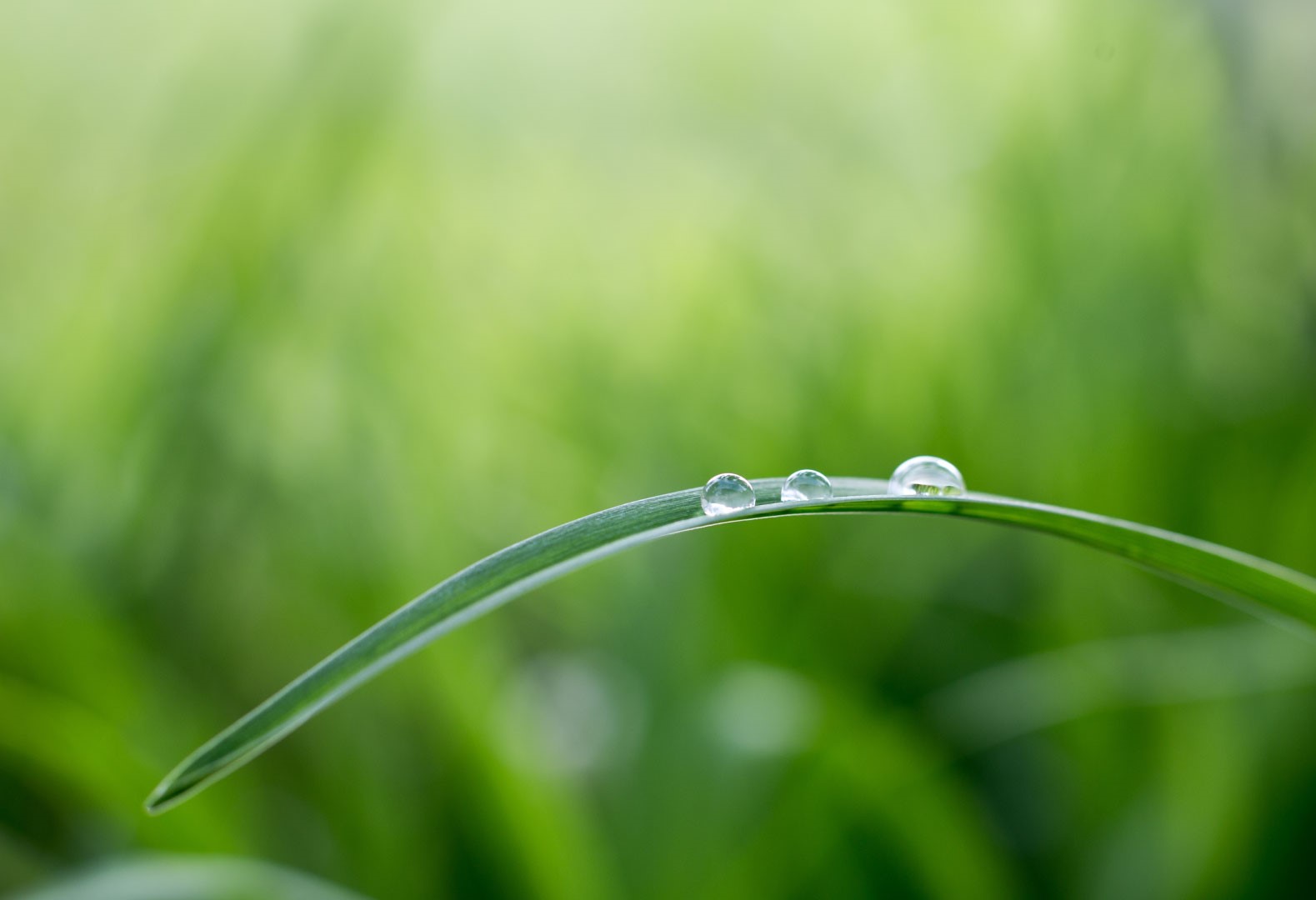

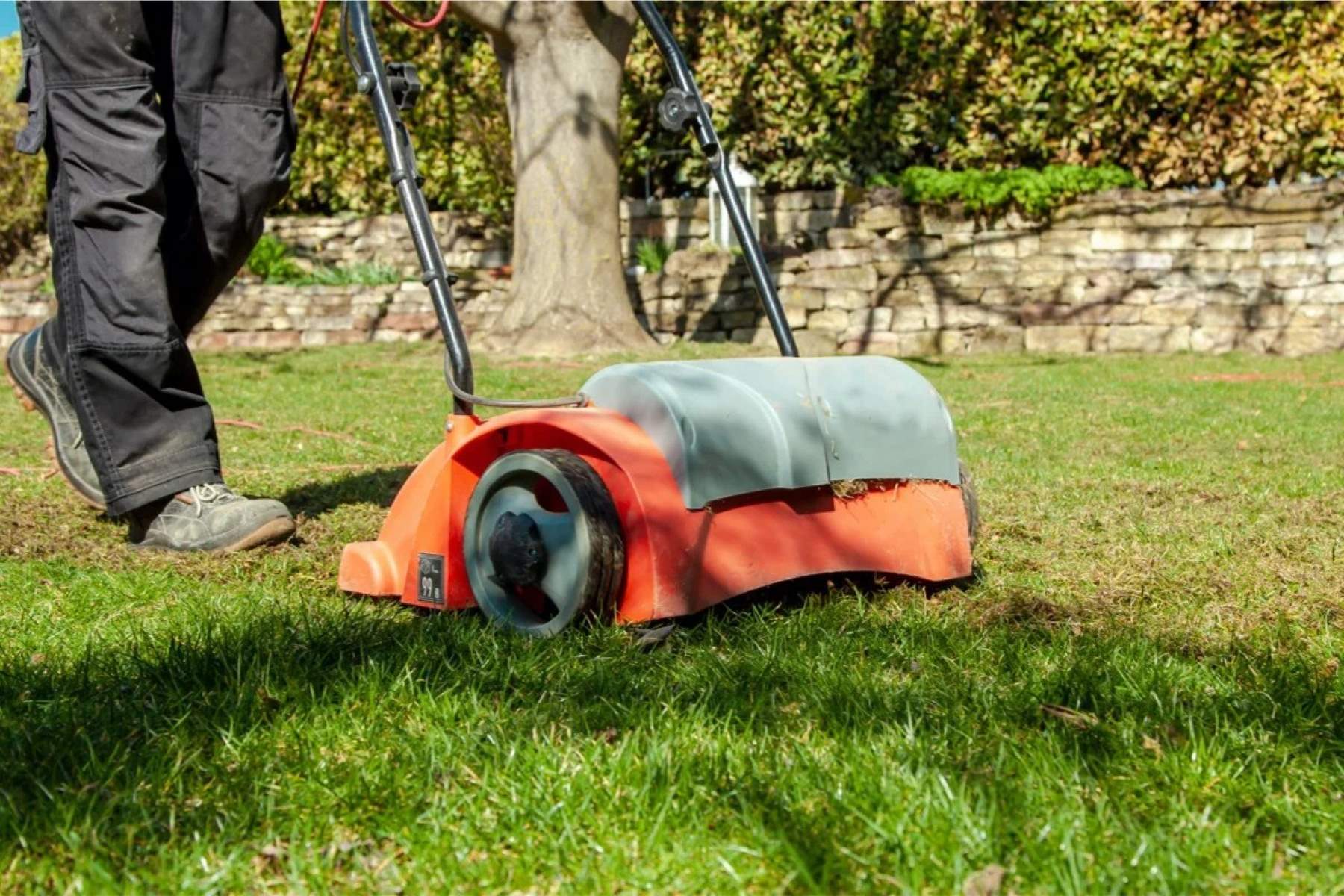
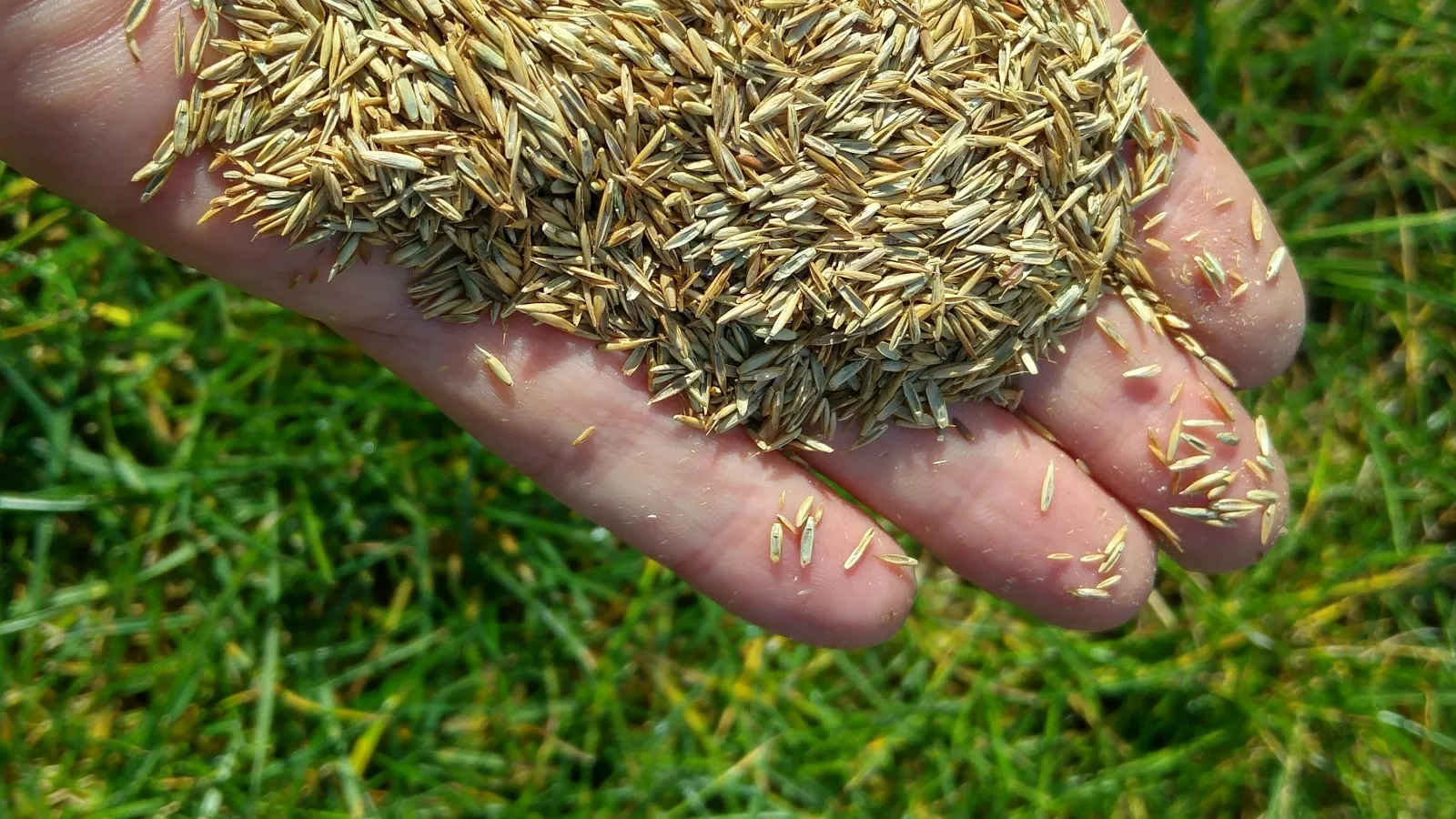
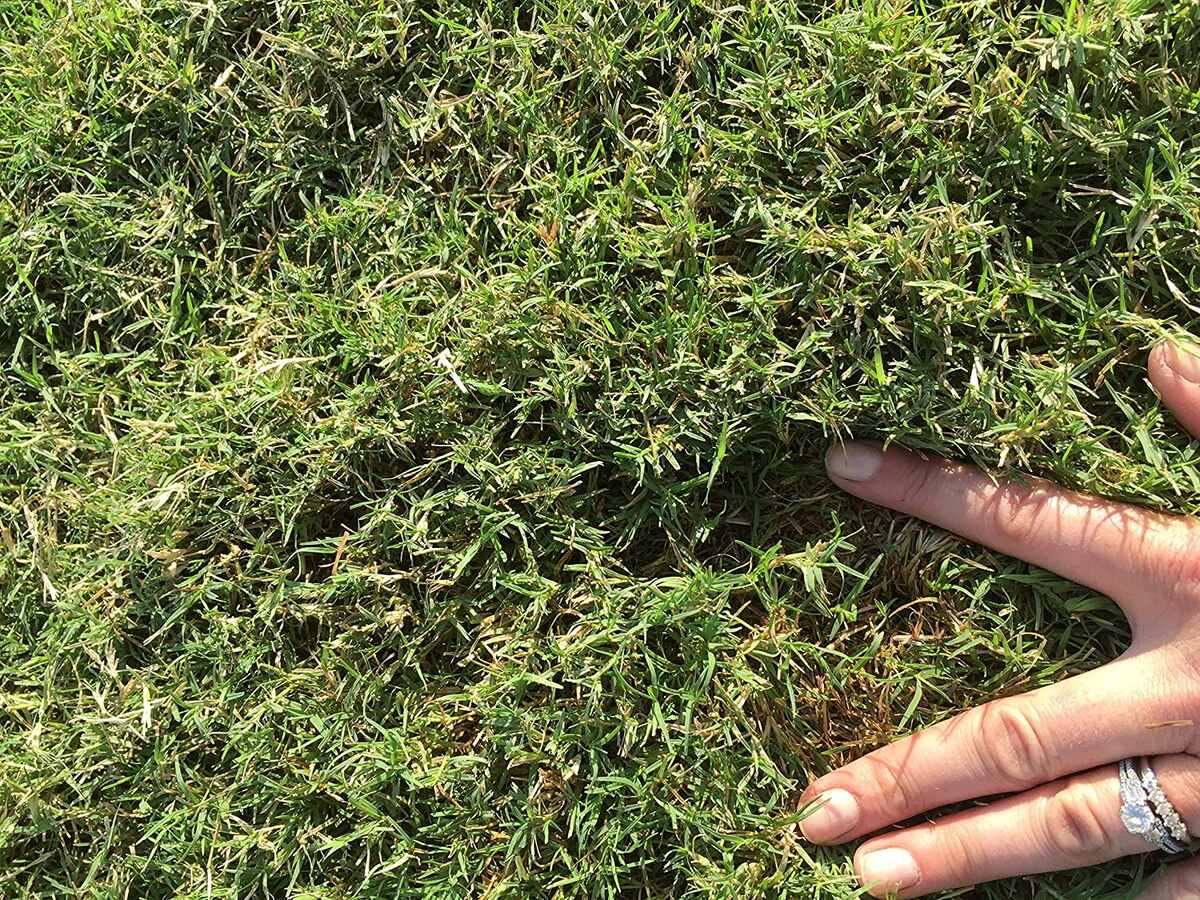
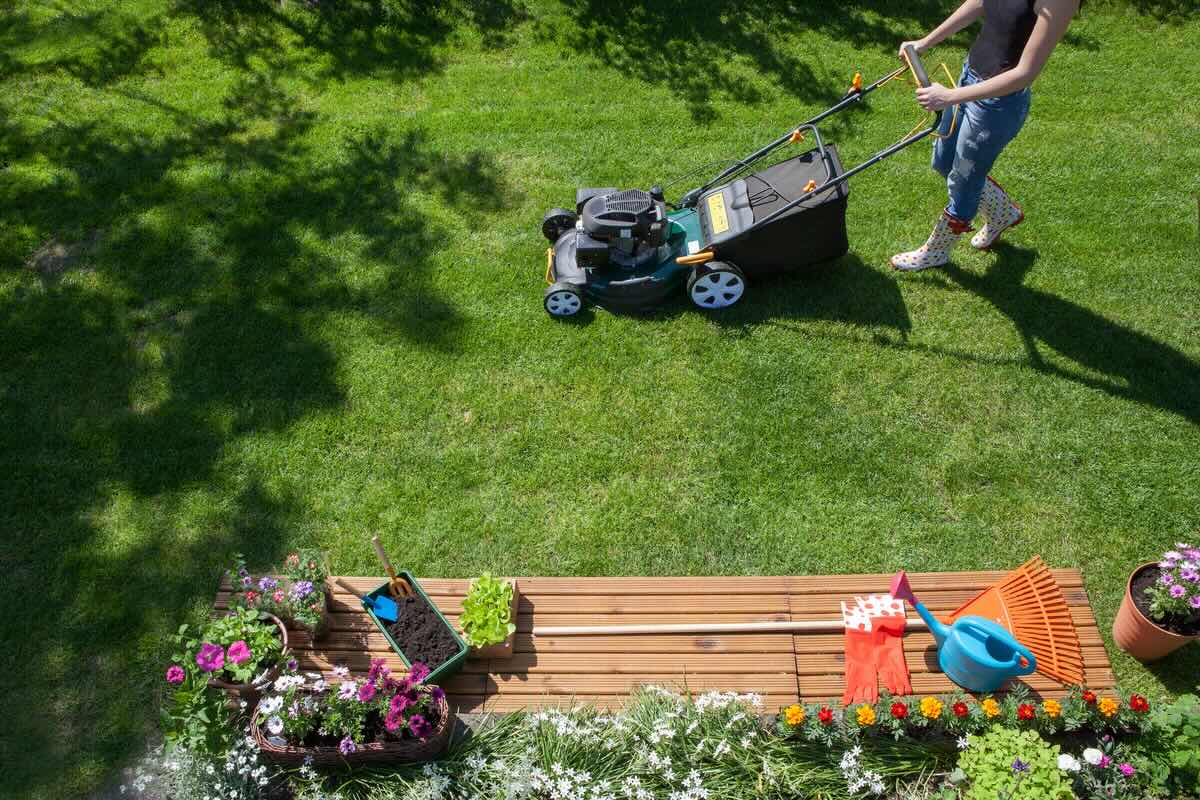
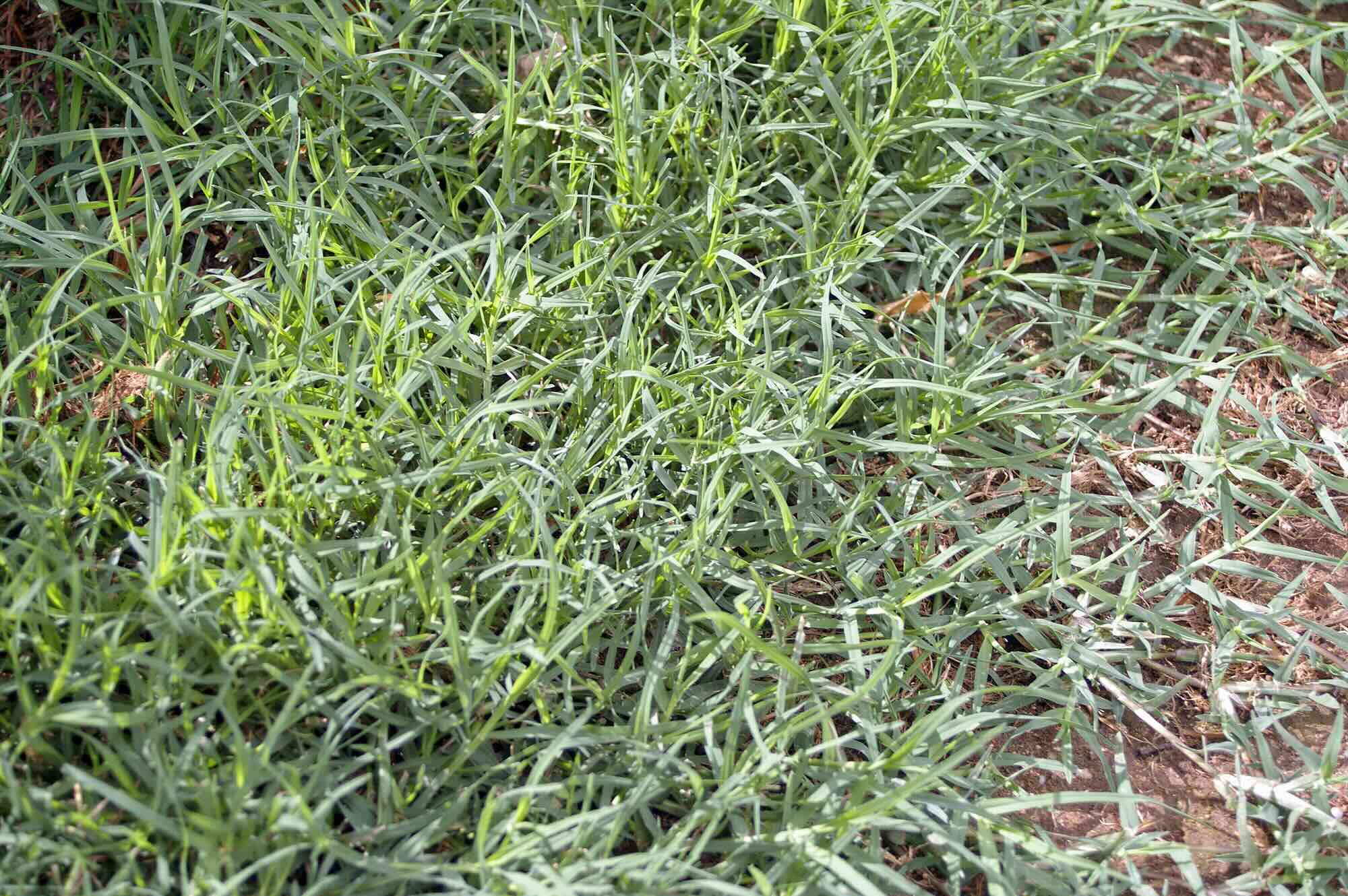
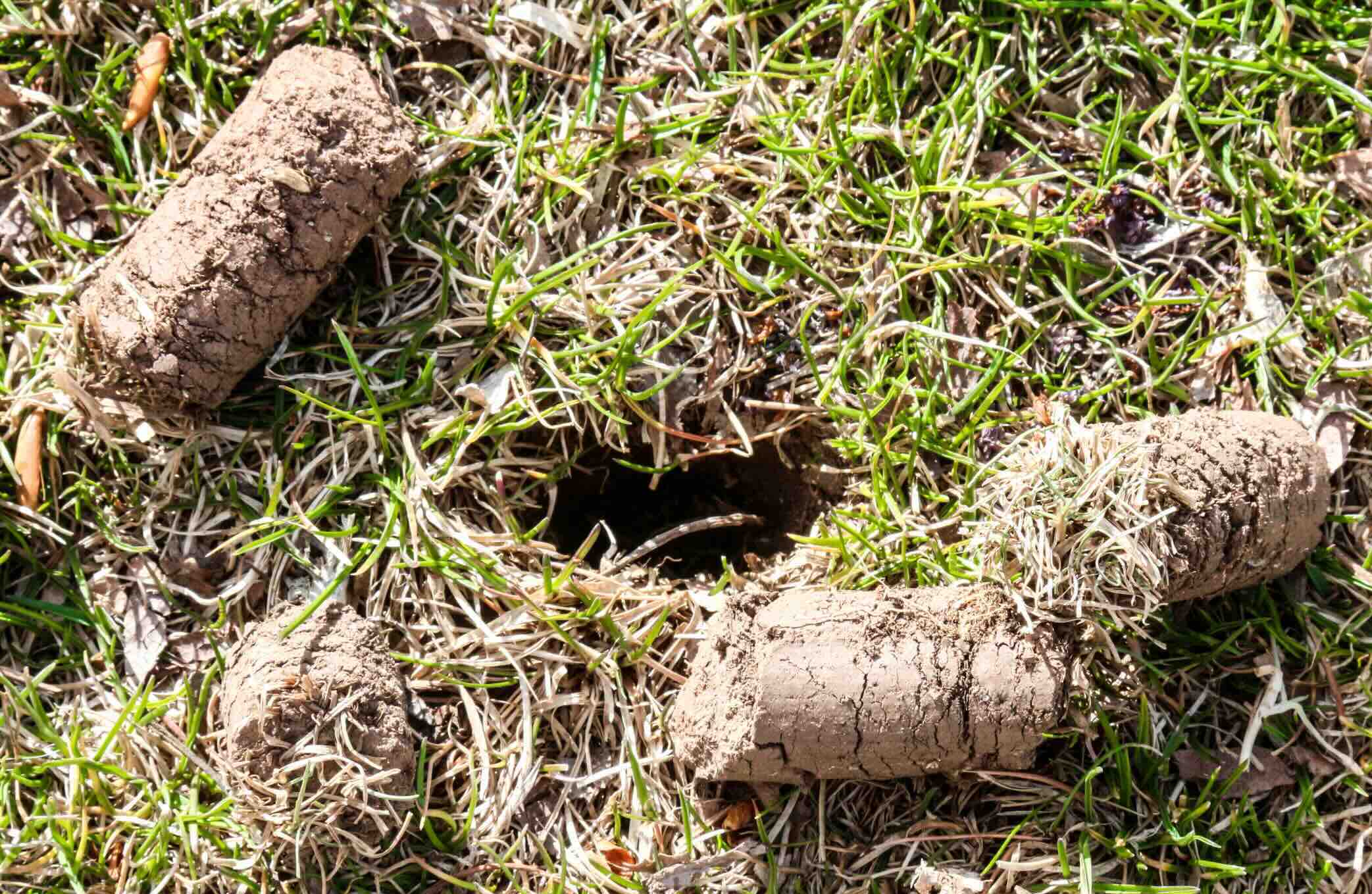
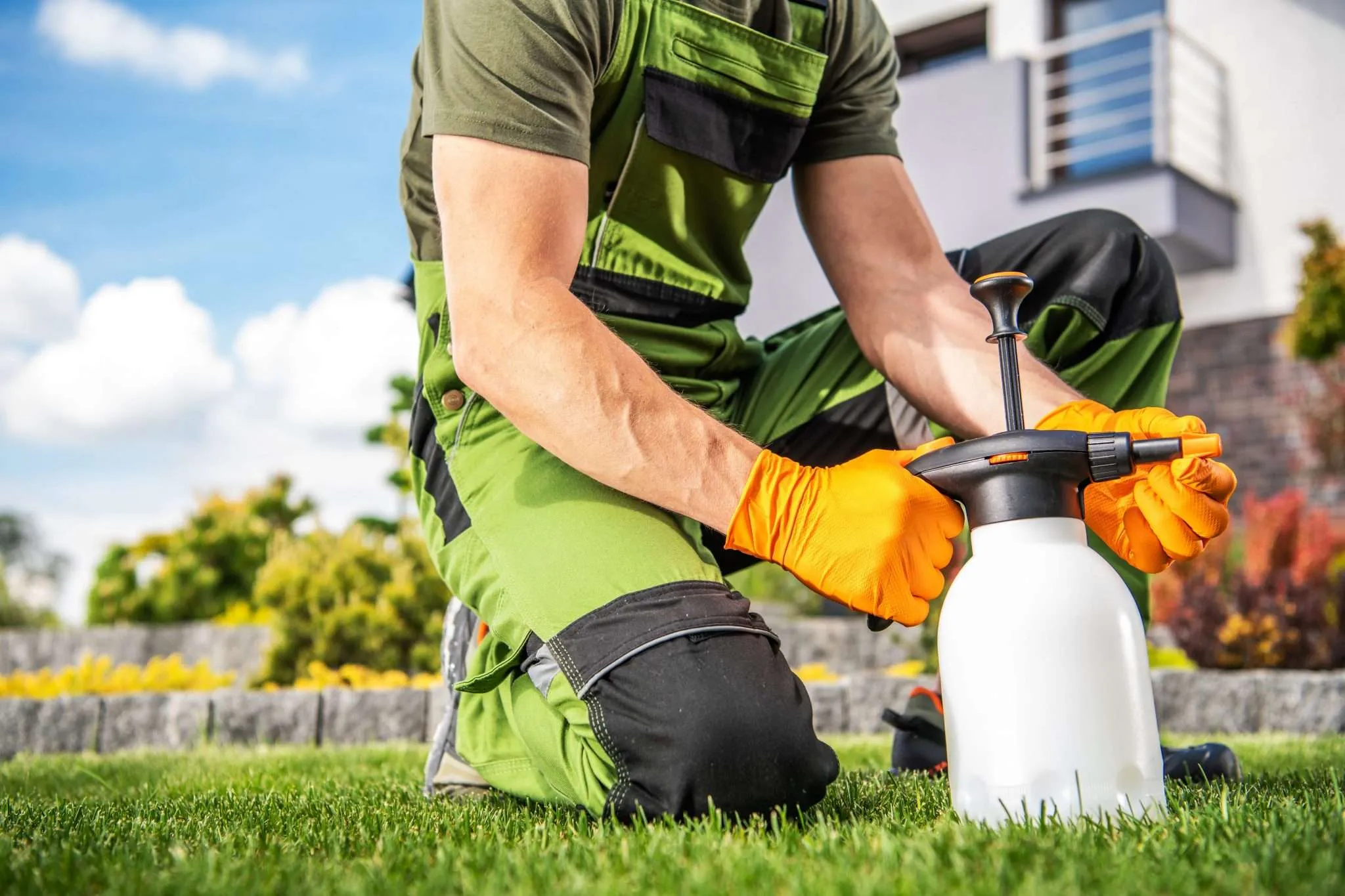
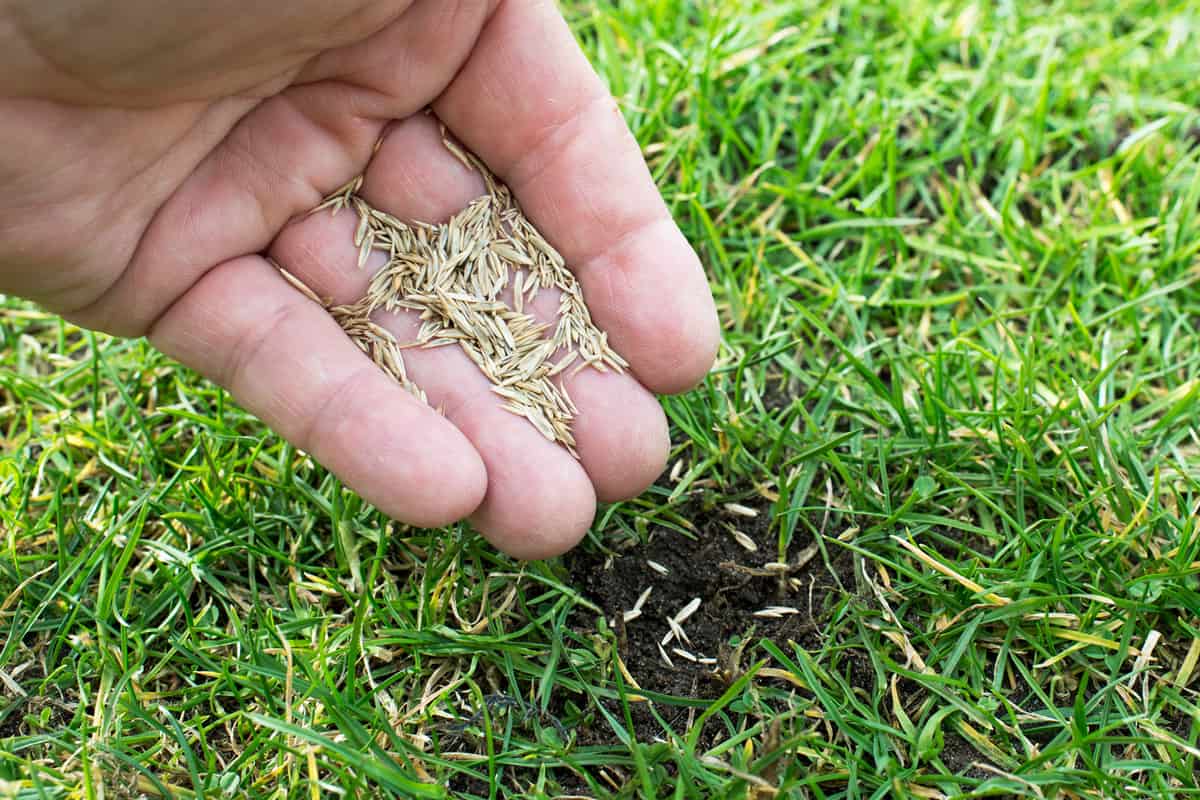

0 thoughts on “When To Plant Bermuda Grass”